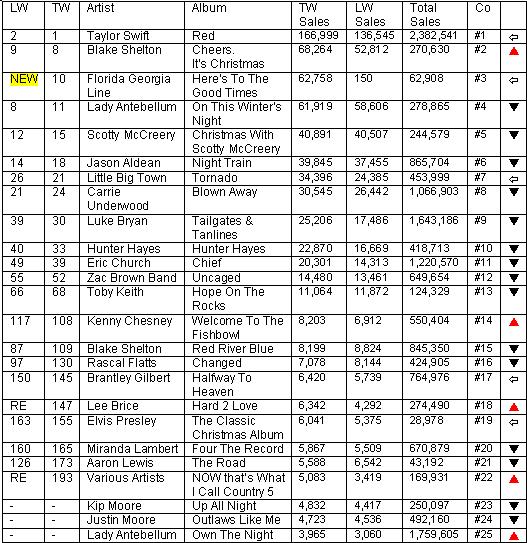


The racial dimension of the 1955 chart extends beyond a simple count of white and black artists, into a deeper investigation of the way that white artists recycled black sounds for commercial gain. Hibbler was going strong as a popular singer in the fifties, and continued for decades after that, becoming a civil-rights activist (he led marches in Birmingham in 1963) and even recording a duet with Rahsaan Roland Kirk in 1972. Hibbler, blind from birth, had joined up with Duke Ellington’s orchestra in the forties, and sung on some of the group’s most famous hits, including “Do Nothing ’Til you Hear From Me,” in 1944. Hovering at the bottom of the Top Ten is another African-American artist, Al Hibbler, who charted with “He,” a moving example of pop-gospel. It would later appear on the influential “American Graffiti” soundtrack, of course, and be covered by Ringo Starr, with Harry Nilsson on backing vocals and a flying-saucer video. There are some notable exceptions: the Platters’ “Only You (And You Alone),” one of the crowning achievements of a vocal group that hovered on the edge of rock and roll, is here, along with a weaker version by the Hilltoppers. But cultural segregation ensured that the Top 100 was composed mostly of white singers. 1 on that chart, doesn’t even appear on the Top 100, though other songs do, including Chuck Berry’s epochal “Maybellene,” which had topped Rhythm and Blues in August and is at No. Fats Domino’s “All by Myself,” the reigning No. There’s also lots of Western mythology, including Mitch Miller’s orchestra-and-chorus take on “Yellow Rose of Texas” and multiple versions of the pocket epic “The Shifting Whispering Sands.”īillboard also maintained a separate Rhythm-and-Blues chart. Frank Sinatra charts with “Love and Marriage,” Perry Como with “Tina Marie,” and Gogi Grant with “Suddenly There’s a Valley,” which also appears on the list in a version by Jo Stafford, whose career on the charts was winding down. The top two hits give a strong indication of what the rest of the Top 100 looks like: straightforward interpretations of established standards, generally by smooth vocalists soothing a nation. With music by the Broadway veteran Sammy Fain and lyrics by Paul Francis Webster, it’s one of the towering ballads of its time, so much so that the Four Aces’ chart-topping version is only one of several that appeared on the same Top 100: Don Cornell at No.
Billboard top 100 movie#
The top spot is occupied by the Four Aces’ rendition of “Love is a Many Splendored Thing,” the theme song from the 1955 movie of the same name. The set kicks off with two illustrations of this principle.
Billboard top 100 tv#
(“Heartbreak Hotel” arrived in January, along with his national TV début.) The pop landscape was dominated by popular songs interpreted by popular vocalists, a trend that would soon give way to a revolution. The year 1955 was a strange one in pop music, the calm before the storm of 1956, which brought Elvis and everything else.


 0 kommentar(er)
0 kommentar(er)
